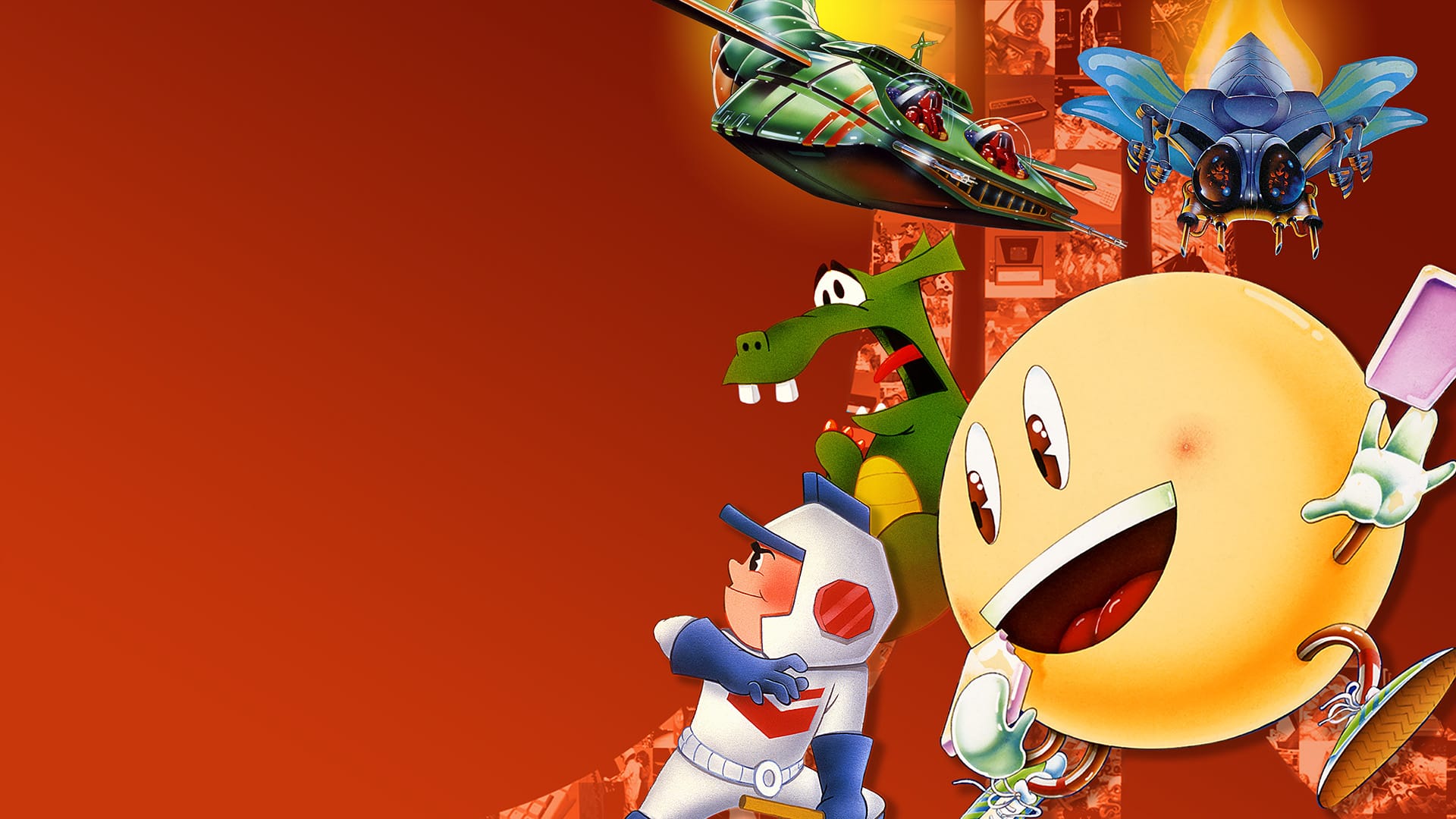Multiplayer puzzle games are difficult to pull off. Making the act of puzzle solving into a competition doesn’t translate well to most match-3 puzzlers, often taking the slow-paced nature of those games and throwing another player or two into the mix to try speeding things up. It seldom works, usually resulting in a boring, tacked-on experience with little value.
Tumblestone, however, makes a good case for how the match-3 formula can be adapted for multiplayer. It’s a standard-fare match-3 game wherein you pair three blocks of the same color to clear the board. Instead of placing the blocks yourself, however, you’re merely clearing them. It gives you a randomly generated puzzle that you and up to three other players race to solve first. First to clear it gets the point.
It’s an interesting mix of speed and contemplation. You have to move quickly, but you also need to consider your moves to ensure you don’t back yourself into a corner. You can restart as many times as you need, thankfully, but mistakes can cost you. It gets especially complicated once you start activating modifiers. They range from simple obstacles like barriers that stop you from taking blocks from a particular column every other turn to more complicated ones such as creating new blocks every time you take one off the bottom of the stack. You can’t activate multiple modifiers (either a good or bad thing depending on how devious and inscrutable you like your puzzles), though the game can switch between them each match if you so desire.
In addition to puzzle races, the game also has two other modes. Battle sees each player trying to make matches as quickly as possible in a game of survival, wherein the wall of blocks slowly descends. Tug-of-war divides each puzzle in two, essentially adding checkpoints should you need to restart after finishing the first half of the puzzle.

It also has a story mode, which is how you unlock modifiers. The basic premise follows a wide cast of characters in their search for the Tumblecrown, an item that will help them banish all the tumblestones littering the world. Where the multiplayer demands quick thinking, the single-player portion slows things down considerably. Since it’s just you, you’re able to take more time to examine each puzzle closely and plot your moves out. That doesn’t make them any easier, though.
Each of the 11 worlds introduces a new modifier to keep the action fresh, always switching them out just as you start getting tired of the previous one. The puzzles only get more complicated as well, of course, but the difficulty curve feels fair throughout. By the time you start hitting fiendish levels on the regular, you’ve already been conditioned to think several moves ahead.
Still, there are times where Tumblestone feels unfair. Namely during its marathon levels. Here, you have to clear four randomly generated puzzles in a row. Make a single mistake, and it’s back to the beginning. On paper, it sounds fine. Except because the puzzles are random, there’s a good chance you’ll encounter some that cannot be solved, or at least ones with extremely obscure solutions. It took me around 100 tries on average to beat any of these levels because I kept getting puzzles that stonewalled me after the first two matches I made. All of my level skip items were spent on these stages. They’re a small part of the overall game, thankfully, but it doesn’t absolve them of the frustration they cause.
Tumblestone is at its best in multiplayer. Even the puzzle races against the AI in the story mode are always a delight to partake in. It’s where the game consistently hits its stride, where its gameplay flourishes into something more than just another solid match-3 puzzle game. Its single-player mode provides plenty of good ol’ fashion puzzle solving, but it’s the competitive side that shines.





